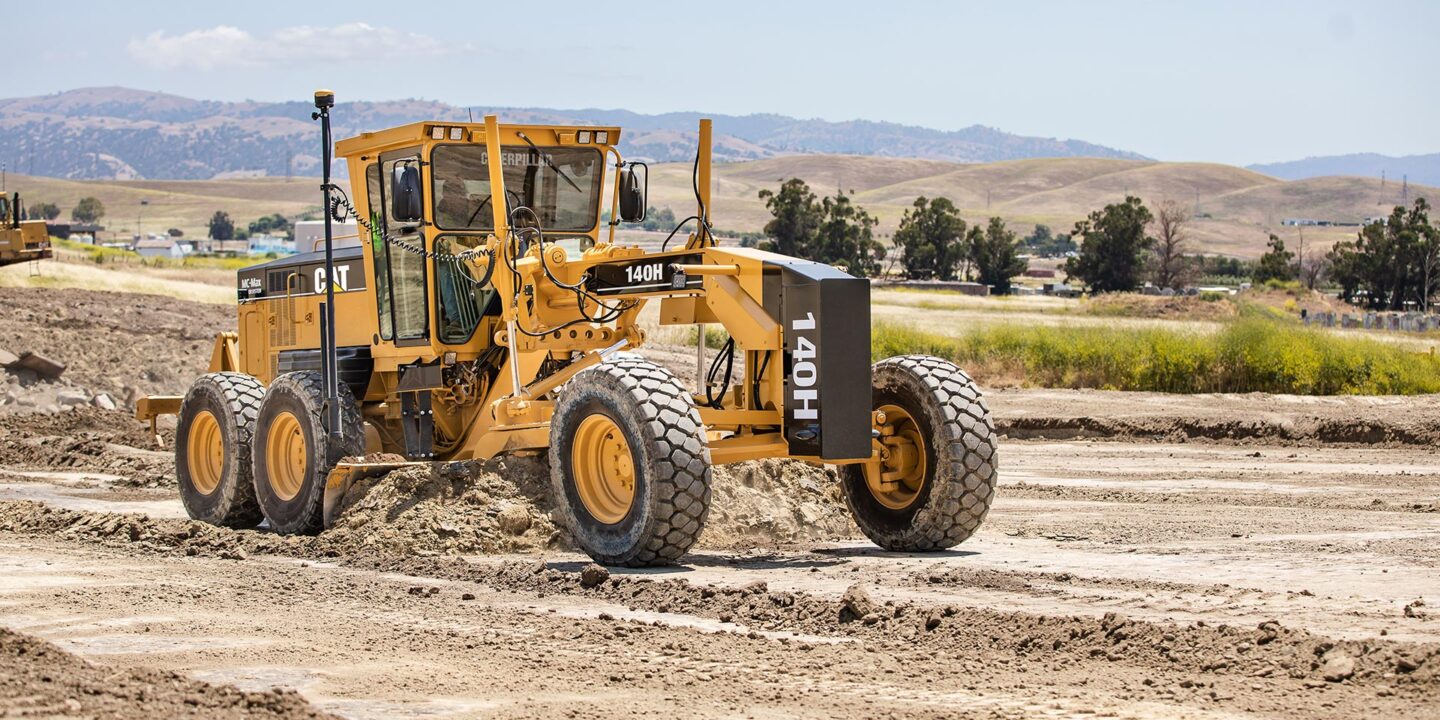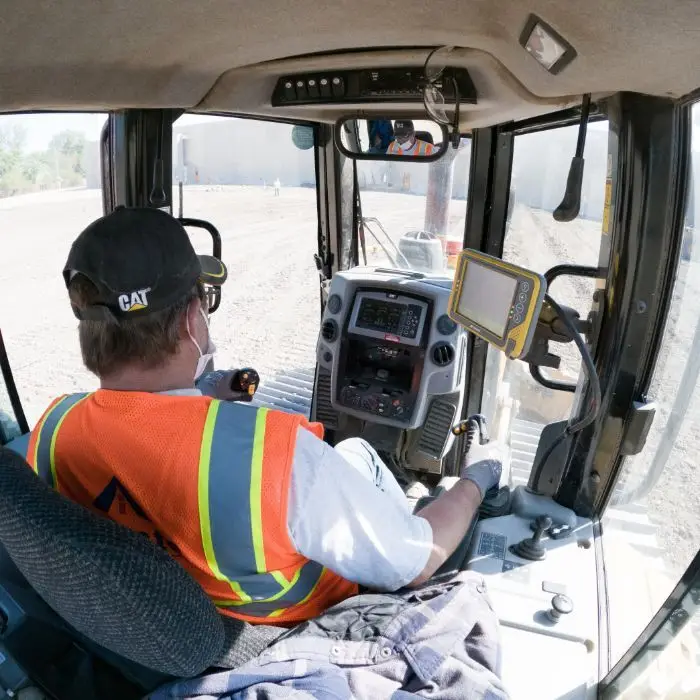
MC-Max Grader
Give Your Motor Grader The Right Tools For Any Job.
Advanced Grading Technology Built to Improve Consistency on Every Finished Pass
The MC-Max Grader is engineered to help operators achieve smoother finishes, tighter tolerances, and more consistent grading results—no matter the site or conditions. With flexible 2D and 3D configurations, fast-response control, and intuitive blade guidance, this system gives crews the confidence to work efficiently from the first pass to the final grade.

Built for Precision Grading on the Toughest Sites
The MC-Max Grader is a high-performance machine control system engineered for motor graders that demand accuracy, speed, and versatility. Whether you’re shaping road subgrades, fine-grading site material, or maintaining rights-of-way, MC-Max gives your operator both the control and the confidence required for productive results.
Built on the proven MC-X platform, MC-Max supports everything from basic 2D elevation tasks to full 3D positioning and automation—so you can match your workflow to the job’s demands and spend less time on re-work.

MC-Max Grader Key Features
- Modular 2D–3D machine control system built on the MC-X platform.
- Supports laser, sonic, string line, GNSS, total station, and mmGPS sensor configurations.
- Works in both guidance mode and full automated blade control.
- Real-time blade, slope, and material movement tracking for consistent results.
- Fast-response control system improves grading speed and finish quality.
- Automatic roll and blade-tilt compensation for accurate slopes and crowns.
- Upgrade-ready design lets you expand from 2D to full 3D as project needs grow.

See What Smarter Grading Can Do for Your Team Today
If you’re ready to elevate your motor grader productivity, contact GPS Alaska for a demo, quote, or system check-out. Transform your site workflows with faster, cleaner cuts—and the confidence of first-pass accuracy.
